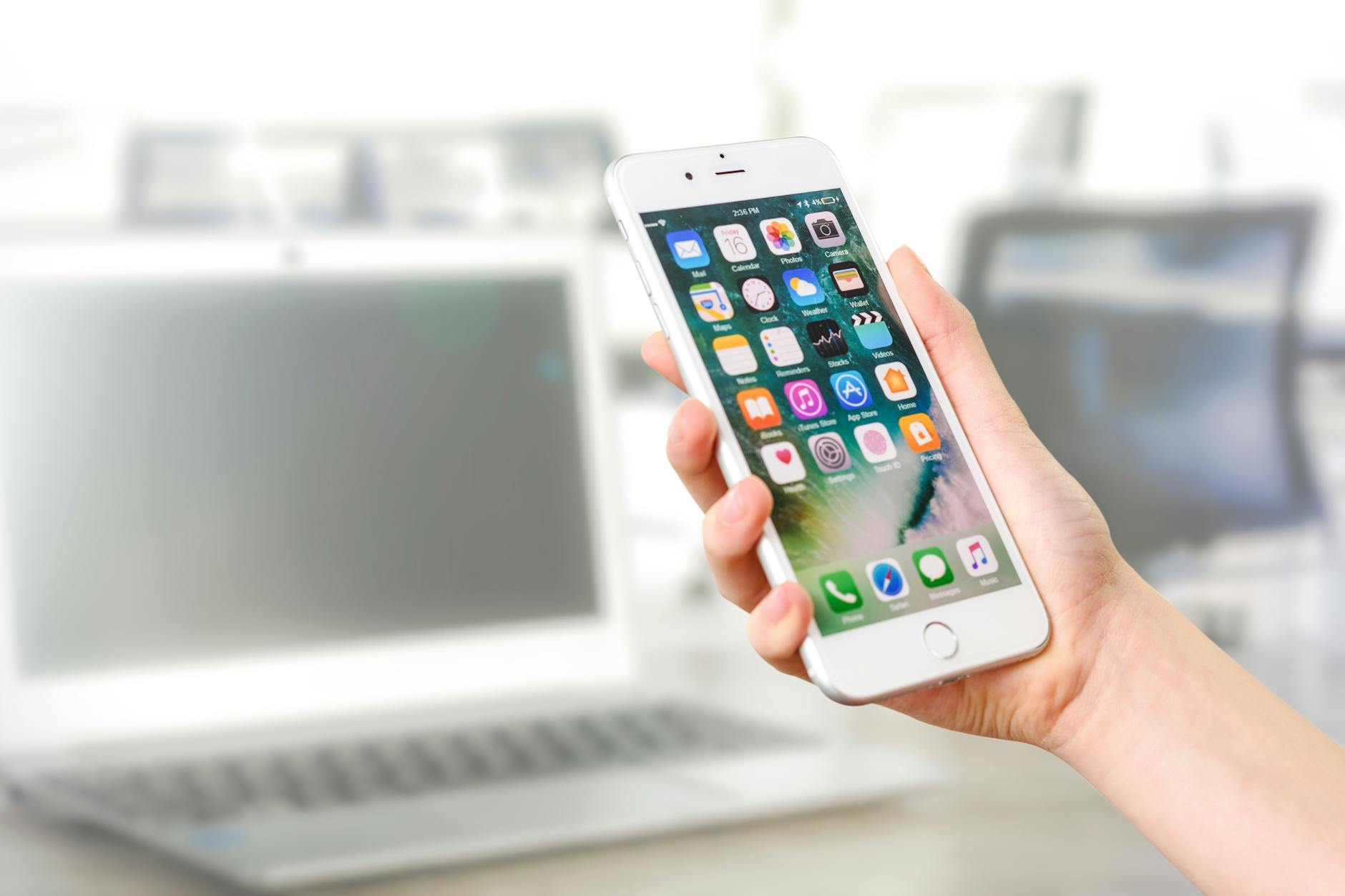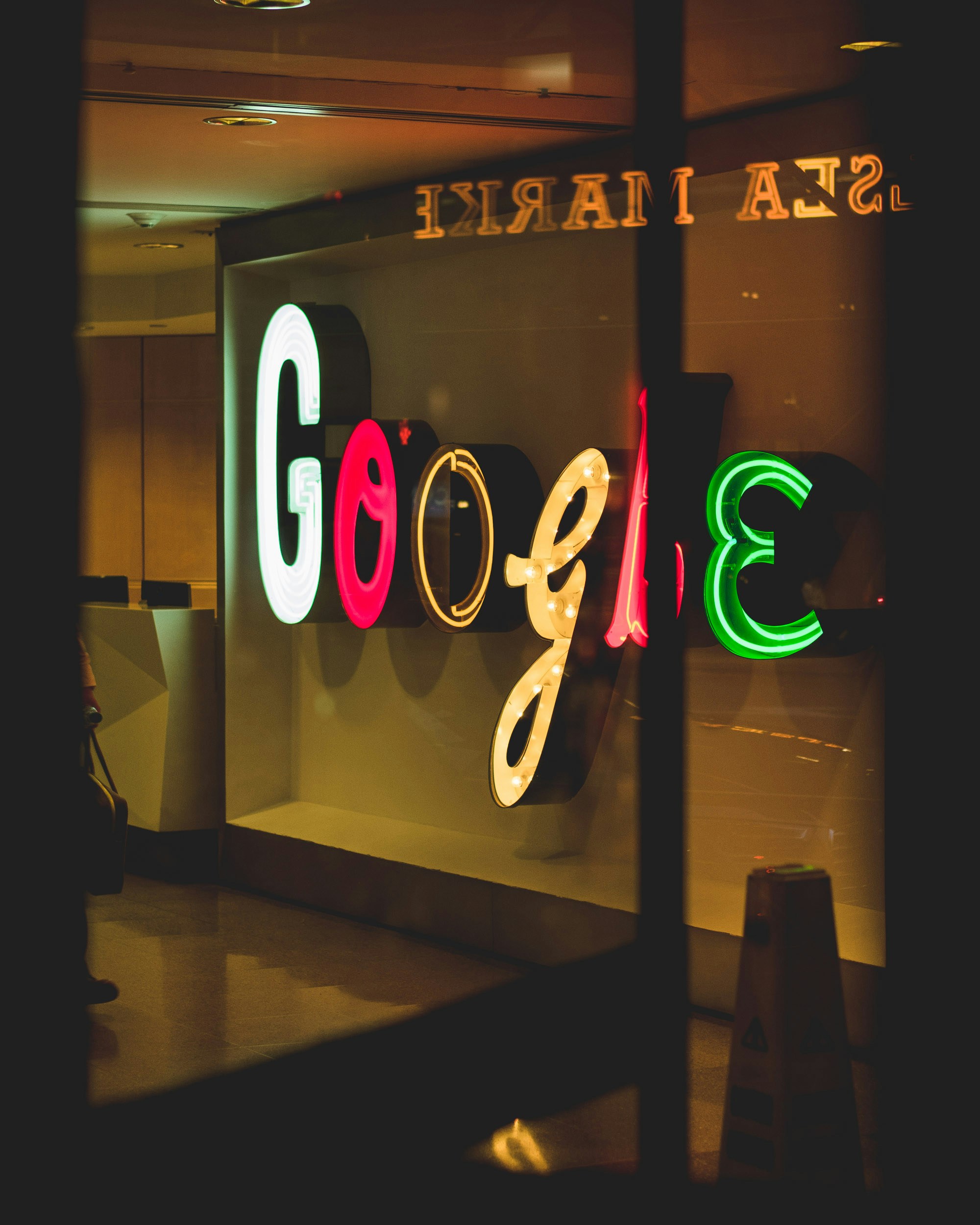Analysis: Apple App Store vs Google Play Store
App Store Revenue
When we peek at the cash rolling in from the big two app hangouts—Google Play Store and Apple App Store—it’s like watching two heavyweight champs duke it out. They’re both kings in their own right. Here’s the lowdown on their money game.
Google Play Store Revenue
The Google Play Store wrangled in a cool $11.2 billion worldwide during the second blast of 2024. That cash pile owes its size to things like folks splashing out on in-app goodies, signing up for subscriptions, and forking over for some sweet premium apps. However, there’s a quirky twist here: The Play Store snags twice the downloads compared to its Apple friend but only rakes in half the dough.
Here’s the yearly loot showcase for a better understanding:
| Year | Google Play Store Revenue (Billions) |
|---|---|
| 2021 | 47.9 |
| 2022 | 52.7 |
| 2023 | 58.3 |
| 2024 | 11.2 (Q2 Only) |
Despite snagging fewer bucks per download, thanks to the mighty crowd hitting that download button, the Google Store still hauls in a tidy sum annually. A big chunk of that comes from in-app buys and subscriptions, making it a goldmine for app makers doubling down on those cash-in tactics.
Apple App Store Revenue
Meanwhile, the Apple App Store strutted in with a jaw-dropping $24.6 billion in consumer splurges in the second quarter of 2024, boasting an 11.3% uptick from the year before. This rise shows just how keen iOS users are to splash out.
Check out the yearly cash flow to see who’s boss in the revenue department:
| Year | Apple App Store Revenue (Billions) |
|---|---|
| 2021 | 85.1 |
| 2022 | 94.7 |
| 2023 | 105.4 |
| 2024 | 24.6 (Q2 Only) |
Back in 2021, Apple claimed a hefty 63% of app earnings, with $85.1 billion, leaving Google with 37% at $47.9 billion. When we look at 2022’s first quarter, Apple ramped up app cash flow by an impressive 32%, dwarfing Google’s 10% rise.
So, while Google Play reigns supreme for app downloads, it’s Apple’s crowd that really opens their wallets. If you’re hunting for more juicy deets on what makes these two tick, scope out our pieces on the app store review process and app store features comparison.
Number of Available Apps
When we’re talking about the Apple App Store vs Google Play Store, how many apps they each offer is a biggie. Both places have a ton of apps, but they’ve got their differences in size and variety.
Google Play App Count
So, here’s the scoop: the Google Play Store has around 3.55 million apps for all those Android fans out there (Netguru). It’s holding the crown as the biggest app store on the planet in terms of numbers. A good chunk of these apps have been given a thumbs up (or down) by users, with 1,139,643 rated by people who dared to leave their opinions (42matters).
Even with so many options, lots of apps are kinda flying under the radar, with no ratings at all. Right now, about 2,179,898 Android apps on Google Play haven’t got any feedback.
| Google Play Store | Count |
|---|---|
| Total Apps | 3.55 million |
| Rated Apps | 1,139,643 |
| Unrated Apps | 2,179,898 |
Apple App Store App Count
The Apple App Store kicked off back in 2008 and has since grown quite a bit, offering around 1.6 million apps for those iOS folks. It’s the second-largest, but don’t let that fool you; it’s got a solid collection for iPhones and iPads. There are 878,698 apps that have gotten at least one rating.
Just like with Google Play, many apps on Apple’s store don’t have ratings. In fact, there are 2,117,904 apps hanging around without any user feedback.
| Apple App Store | Count |
|---|---|
| Total Apps | 1.6 million |
| Rated Apps | 878,698 |
| Unrated Apps | 2,117,904 |
These numbers show just how many apps there are on both platforms. The gap in app counts also points out how important it is to have quality ratings and reviews. For more on how these app stores handle their inventory and ranking magic, check out our sections on app store review process and google play store highlights.
Both stores are constantly growing and changing, with a whole bunch of apps to keep users happy. Knowing these numbers helps us get the full picture of what’s out there on these top platforms.
App Pricing Analysis
We’ve taken a hard look at what makes the Apple App Store different from Google Play Store, and one no-brainer is how app pricing shakes out. Knowing these price patterns gives us a peek into how folks spend their cash and what kind of a splash apps make on these platforms.
Average App Price
When chatting about the average price tag of an app, it rings a bell for both developers and us as consumers. By January 2024, ticking at around $0.73 per app in the Apple App Store has become the norm (Statista). We know, it swings quite a bit by app category, but it’s a good ballpark for app costs on Apple turf.
Flipping the coin, apps on the Google Play Store tend to be easier on the wallet, often being free or just scratching the surface cost-wise. Google has their game face on for snagging more users without hammering their wallets.
Average App Price Comparison
| Platform | Average App Price (USD) |
|---|---|
| Apple App Store | 0.73 |
| Google Play Store | Varies, generally lower |
Consumer Spending Patterns
How folks splash their cash on these apps sheds light on the chasm between Apple and Google. In the first half of 2022, peeps blew $43.7 billion on Apple apps, compared to $21.3 billion on Google apps all within the same timeframe (Netguru).
Fast forward to the second quarter of 2024, and Apple users paid top dollar, spending $24.6 billion on apps, in-app buys, and subscriptions. Google lagged behind, netting around $11.2 billion in global app sales (Statista).
Consumer Spending Comparison
| Platform | Consumer Spending (USD in billions) – Q2 2024 |
|---|---|
| Apple App Store | 24.6 |
| Google Play Store | 11.2 |
Turns out, even though Apple apps might slap on a higher price tag, users are diving in headfirst for those premium apps and in-app goodies. This spending spree reflects why Apple’s app revenue kicks Google’s out of the park.
If you’re curious about how these spending habits spin the wheel of app store economics, have a look at our breakdown on app store revenue.
Grasping these price tags and spending habits is a win for developers finetuning their cash flow game plans. Whether hashing out the one-time fee for becoming a Google Play developer or considering how spending patterns shift, both apps stores toss up a mix of golden chances and hurdles to leap.
Developer Insights
Picking a side between Apple’s App Store and Google’s Play Store can feel like picking your favorite child—tough, but crucial. We’re here to help you talk shop about dollars, cents, and the sanity of the app-developing grind. Knowing the scoop on fees and revenue cuts takes a weight off your shoulders and can save you a bundle down the line.
Developer Fees
Let’s chat numbers. Before you can unleash your genius app on the mass market, you’ve gotta pay the piper. Here’s the down-low:
| Platform | Enrollment Fee | Recurrence | Resources Provided |
|---|---|---|---|
| Apple App Store | $99 | Yearly | Full-on developer resources |
| Google Play Store | $25 | Just once | Guidance from Google Play Console |
Going the Apple route? Well, get ready to fork over 99 bucks annually. With this fee, you get to dive into a treasure trove of developer goodies—tech support and app testing zones galore. This subscription is like your trusty sidekick, ready to lend a hand in keeping your app polished and primed for action.
Google’s offering? A nice little one-time payment of $25, unlocking the Google Play Console, your go-to for navigating the world of app creation and release (Lifewire). This low-cost entry is great news if you’re a lone wolf developer or a startup on a budget.
Revenue Share
Time to talk turkey—profits. The revenue split between the two big wigs may look similar, but there are quirks that make each unique.
| Platform | Revenue Share (Developer) | Revenue Share (Platform) |
|---|---|---|
| Apple App Store | 70% | 30% |
| Google Play Store | 70% | 30% |
Both platforms keep a solid 30% of your earnings, leaving you with 70% to celebrate with (Zudu). With this equal footing, it’s the fee structures that might tip the scales when you’re planning your financial strategy.
For a closer look on how else these stores match up, check out our articles on the app store review process, app store features comparison, and the perks of the Google Play Store.
In the end, your best bet comes down to weighing those upfront costs against the value of ongoing support and resources. Trust us, getting your head around this stuff helps you make a choice that vibes with your ambitions and keeps your wallet happy.
Curious about how these platforms make or break your app’s visibility? Peek at our piece on app store ranking algorithms and see what makes your app rise to the top.
User Trends
Checking out what users are doing helps us get a grip on how the app markets are shaping up on the Apple App Store and Google Play Store. We’re talking about two juicy bits here: how folks are spending their bucks and how they’re sticking around with apps.
User Spending Behavior
Folks’ spending habits are night and day between the Apple App Store and Google Play Store. According to Adapty, by the time we hit 2027, iOS users might shell out around $125 billion on apps, whereas Android enthusiasts are looking at spending about $60 billion. This gap shows that people with iPhones are more open to splurging a bit more.
| Platform | Projected Spending (2027) |
|---|---|
| Apple App Store | $125 billion |
| Google Play Store | $60 billion |
When it comes to gaming, iOS leads with a whopping 76% of the revenue in 2023, even though there are more game downloads on Google Play (Netguru). The average yearly earnings for iPhone users sit at $53,251 compared to Android users at $37,040 (Adapty), matching their higher spending on apps.
App Retention Rates
The way people stick with apps paints a clear picture of user engagement on iOS and Android. Data from Adapty tells us that about 4.13% of iOS users are still using an app after 30 days, while for Android it’s roughly 2.59%. This means iOS folks are more likely to keep coming back.
| Platform | Day 30 Retention Rate |
|---|---|
| iOS | 4.13% |
| Android | 2.59% |
A higher retention rate hints at apps being more fun and lasting longer on iOS. Developers can take this info and craft their apps to be more appealing and sticky on both platforms. For more tips on boosting app retention and user satisfaction, swing by our page about app store ranking algorithms.
Grasping these user habits opens up a treasure chest of insights into how the Apple App Store and Google Play Store operate. By catering to what iOS and Android users fancy, developers can up their app’s game and keep users happy. To dive deeper into what these stores have to offer, check out our detailed app store features comparison.
App Store Comparisons
App Category Differences
Let’s dive straight in! The preferences for apps on the Apple App Store and Google Play Store kind of tell stories about who uses them. Just like you wouldn’t find a vegan at a BBQ joint, each platform attracts its own crowd based on what they offer. Thanks to some hardcore data-sleuthing by 42matters, we got a pretty intriguing list of the top seven app categories that keep each platform buzzing.
| Ranking | Google Play Store | Apple App Store |
|---|---|---|
| 1 | Education | Games |
| 2 | Business | Business |
| 3 | Lifestyle | Education |
| 4 | Personalization | Lifestyle |
| 5 | Health & Fitness | Utilities |
| 6 | Tools | Entertainment |
| 7 | Entertainment | Health & Fitness |
So, quick rundown: Big G (Google) seems to be the go-to for those brainy folks or people with a to-do list, kinda schooling and work-heavy. Meanwhile, Apple’s crowd is more about gaming and getting things done with utility apps. Just show’s, right? Apples love fun and functionality. Want more juice on those app store things? Hop on over to our app store features comparison.
Monetization Models
Now, let’s chat about the money-making side of things. When you’re eyeing the Apple App Store vs. Google Play Store, the cash flow and the way these platforms charge developers can be a real deal-breaker.
Google has you pay a measly $25 one-time fee to start your app journey, a bit like a lifetime gym membership but without the sore muscles. Once in, they grab 30% off whatever your app pulls in, but you can drop as many apps as you like (Lifewire).
Apple, though, they’re like that fancy club downtown. You gotta pay $99 per year, a little hefty, but boy, do they lay out the red carpet with resources. Like Google, they take their 30% cut too.
Even though both stores boast a similar high percentage of free apps—around 95%—Apple users cough up for paid apps more often. Guess that shows where folks are willing to splash their cash, huh? It’s a big deal for developers choosing a platform to call home, as it could sway how much they end up pocketing.
For a good gander at both the apple app store and google play store, feel free to dig into our detailed takes.













